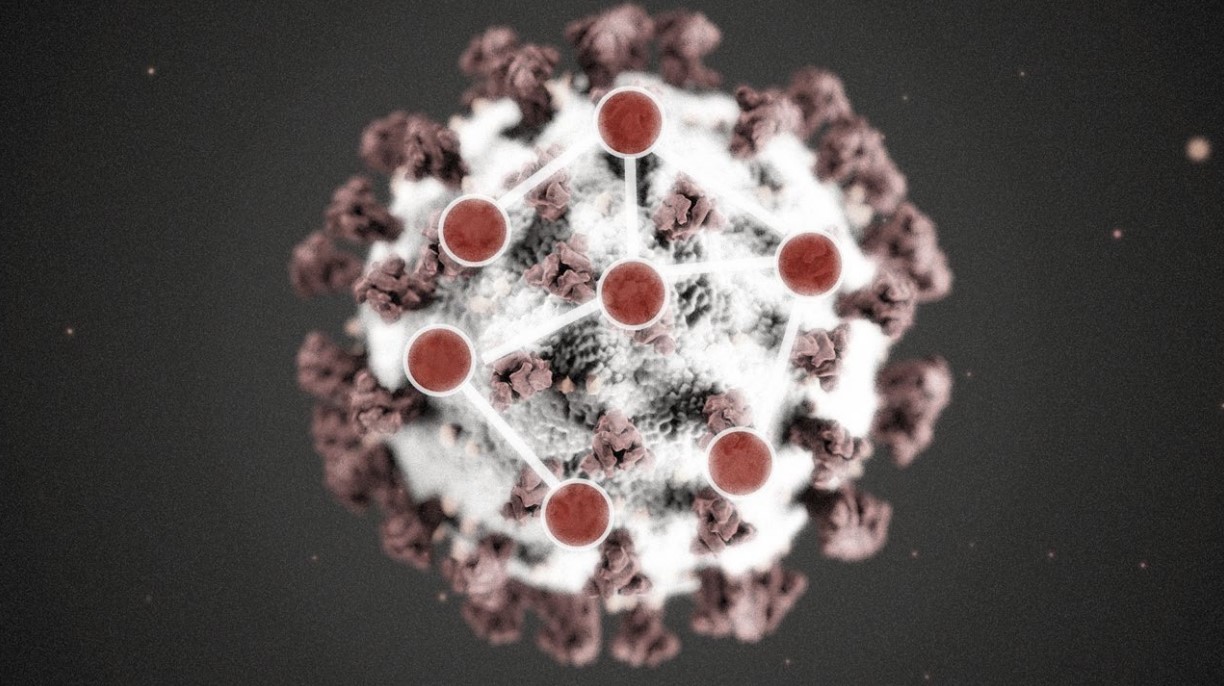The latest survey conducted by the multi-university COVID-19 Consortium for Understanding the Public’s Policy Preferences Across States, led in part by Shorenstein Center faculty Matthew Baum looked how likely survey respondents were to vote by absentee or mail-in ballot, and what that means in terms of when we will know the final results of the election.
You can read the full report here.
The usefulness of this information varied widely depending on what state the respondent lives in. For example, in a small number of states, this question was not informative because voting by mail is the primary method by which people vote. And in many other states, mail-in ballots are processed as they are received or well before Election Day, meaning that they are counted relatively quickly.
On the other hand, in 10 states, mail-in ballots cannot be processed until Election Day, likely slowing the rate at which their results can be reported. Further, 18 states and the District of Columbia will process postmarked ballots received after Election Day.
The team found that, consistent with their earlier reports, a huge number of people plan on voting by mail. They also discerned that there is a large difference in candidate preference between those who plan to vote in person versus by mail. The team estimated a net 20-point swing in Vice President Biden’s favor from likely voters who are not “very likely” to vote by mail to likely voters overall. President Trump leads by 68% to 23% among those who say they are very unlikely to vote by mail, and by 50% to 39% among all but those who say they are very likely to vote by mail. Biden, however, leads among all likely voters by 50% to 40%. The team also found the pattern of a shift toward Biden driven by mail-in voting is quite robust across the country. They anticipate a shift toward Biden in every state — with the only exception being DC, a likely function of the high (over 80%) rate of citizens who are at least somewhat likely to vote by mail.
The team concluded that there is a potential for the popular vote and the electoral college to shift toward Biden after election night. Trump will have a substantial lead among those who vote the day of the election; and Biden an even large margin lead those who vote by mail. How much this translates into a post-election-day blue shift depends on how quickly states count votes by mail.
You can also read the Washington Post’s piece covering this survey information.


